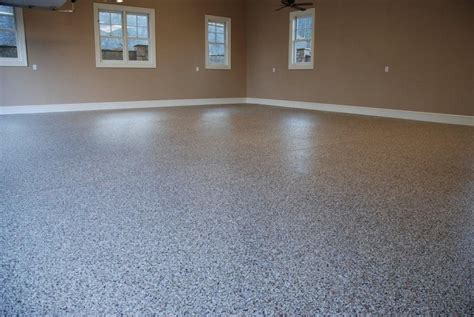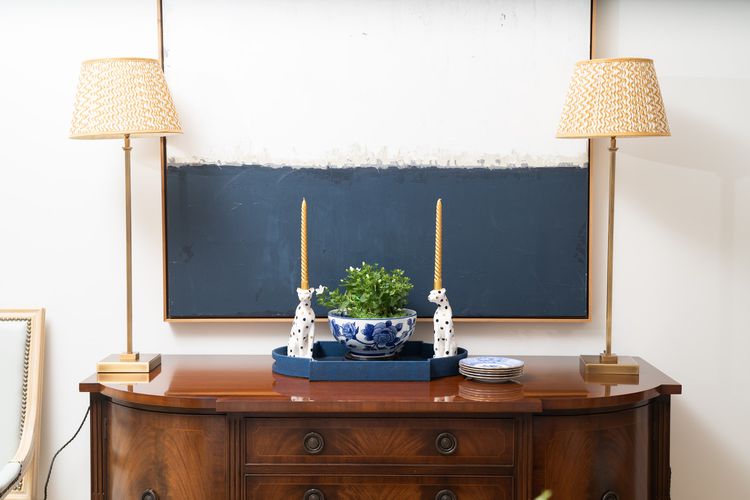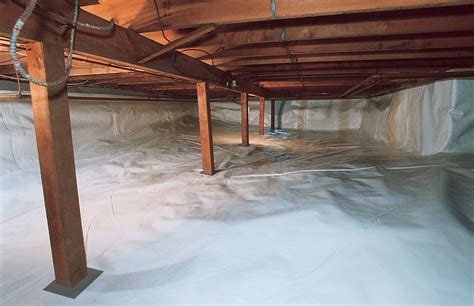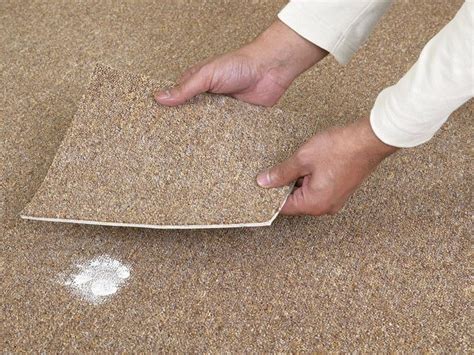
The Best Paint for Basement Floors
When it comes to painting your basement floor, it’s crucial to choose the right type of paint that can withstand the unique conditions of a basement environment. Epoxy paint is often recommended for basement floors due to its durability, moisture resistance, and ease of application. Look for epoxy paint specifically designed for concrete floors.
Safety Considerations
Before you begin the painting process, ensure you take necessary safety precautions. Wear protective clothing, gloves, and goggles to safeguard yourself from any potential hazards. It’s also important to ensure proper ventilation by opening windows or using fans.
Preparation
Before diving into the painting process, there are a few crucial steps to prepare your basement floor:
Is Your Basement Prone to Flooding?
Assess the condition of your basement and determine if it is prone to flooding or moisture issues. If your basement has a history of water seepage or flooding, it’s essential to address these issues before painting the floor. Fix any leaks, improve drainage, and ensure the basement is properly waterproofed.
Is Your Basement Humid?
Basements often have higher humidity levels compared to other areas of the house. Excess humidity can affect the paint’s adhesion and longevity. Consider using a dehumidifier to reduce humidity levels before painting the floor.
Prepare a Smooth Painting Surface
Inspect the basement floor for any cracks, chips, or uneven areas. Fill in any cracks or holes using a concrete patching compound and allow it to dry completely. Use a floor grinder or sander to smooth out any rough spots or imperfections, ensuring a clean and even surface for painting.
Clean the Floor
Thoroughly clean the basement floor to remove any dirt, dust, grease, or debris. Sweep the floor to remove loose particles, then use a degreaser or concrete cleaner to scrub the surface. Rinse the floor with clean water and allow it to dry completely.
Prime the Floor
Applying a primer to the basement floor is essential to promote better paint adhesion and enhance the durability of the paint. Choose a primer specifically formulated for concrete surfaces. Use a roller or brush to apply the primer evenly across the entire floor, following the manufacturer’s instructions. Allow the primer to dry according to the recommended drying time.
Apply Painter’s Tape
To protect areas you don’t want to paint, such as baseboards or walls, apply painter’s tape along the edges. Ensure the tape is firmly adhered to prevent paint from seeping through.
Mix the Paint Thoroughly
Before you start painting, thoroughly mix the epoxy paint according to the manufacturer’s instructions. This ensures that the color and consistency are well blended.
Paint the Floor
Using a roller or brush, begin painting the basement floor. Start from the farthest corner and work your way towards the exit, applying an even coat of paint. Be mindful of any specific drying times indicated by the manufacturer.
Apply a Second Coat of Paint
After the first coat of paint has dried completely, evaluate if a second coat is necessary. Applying a second coat enhances the durability and coverage of the paint. Follow the same painting process as before, ensuring even application.
When to Call a Professional
While painting a basement floor is often a manageable DIY project, some situations may require the expertise of a professional. If you’re unsure about your basement’s
condition, dealing with extensive water damage, or facing significant cracks in the floor, it’s best to consult with a professional contractor who specializes in basement flooring.
How Often to Repaint Basement Floors
The frequency of repainting your basement floor depends on various factors such as foot traffic, moisture levels, and overall wear and tear. In general, it’s advisable to repaint every 3-5 years or as needed to maintain the appearance and protection of the floor.
FAQs
1. Can I paint a basement floor without priming it?
While it’s possible to paint a basement floor without priming, using a primer is highly recommended. Primer promotes better paint adhesion, enhances durability, and helps prevent the paint from peeling or chipping over time.
2. Can I use regular interior paint for my basement floor?
Regular interior paint is not suitable for basement floors as it is not designed to withstand the heavy use, moisture, and potential water seepage often present in basements. It’s crucial to use epoxy paint or specifically formulated concrete floor paint for optimal results.
3. How long does it take for basement floor paint to dry?
The drying time of basement floor paint varies depending on factors such as humidity, temperature, and the specific product used. It’s important to refer to the manufacturer’s instructions for the recommended drying time, but typically, it can take anywhere from 24 to 48 hours for the paint to dry completely.
Conclusion
Painting your basement floor can be a rewarding project that not only enhances the overall appearance of your basement but also provides added durability and protection. By following the step-by-step guide and considering the specific needs of your basement, you can achieve a beautifully painted floor that withstands the test of time. Remember to prioritize safety, proper preparation, and choose the right type of paint for optimal results. Enjoy your newly painted basement floor!




:max_bytes(150000):strip_icc()/what-is-the-difference-between-a-pergola-and-an-arbor-2736630-hero-68bb466d08ab490a81ad36b2b44cccdf.jpg)

